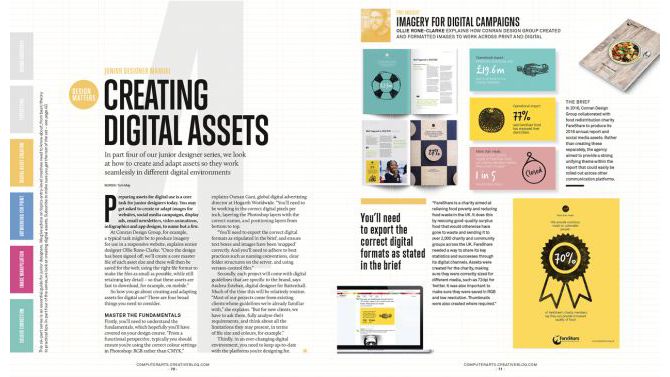Blockchain technology is most simply defined as a decentralized, distributed ledger that records the provenance of a digital asset. By inherent design, the data on a blockchain is unable to be modified, which makes it a legitimate disruptor for industries like payments, cybersecurity and healthcare.
What is Blockchain?
Blockchain, sometimes referred to as Distributed Ledger Technology (DLT), makes the history of any digital asset unalterable and transparent through the use of decentralization and cryptographic hashing. A simple analogy for understanding blockchain technology is a Google Doc.

When we create a document and share it with a group of people, the document is distributed instead of copied or transferred. This creates a decentralized distribution chain that gives everyone access to the document at the same time.
Blockchain is an especially promising and revolutionary technology because it helps reduce risk, stamps out fraud and brings transparency in a scaleable way for myriad uses.
How Does Blockchain Work?
The whole point of using a blockchain is to let people — in particular, people who don't trust one another — share valuable data in a secure, tamperproof way.
Blocks
Every chain consists of multiple blocks and each block has three basic elements:
- The hash is a 256-bit number wedded to the nonce.
- A 32-bit whole number called a nonce. The nonce is randomly generated when a block is created, which then generates a block header hash.
- The data in the block.
The data in the block is considered signed and forever tied to the nonce and hash unless it is mined. It must start with a huge number of zeroes. When the first block of a chain is created, a nonce generates the cryptographic hash.
Miners
Miners create new blocks on the chain through a process called mining. Miners use special software to solve the incredibly complex math problem of finding a nonce that generates an accepted hash. Because the nonce is only 32 bits and the hash is 256, there are roughly four billion possible nonce-hash combinations that must be mined before the right one is found.
When that happens miners are said to have found the "golden nonce" and their block is added to the chain. Making a change to any block earlier in the chain requires re-mining not just the block with the change, but all of the blocks that come after. In a blockchain every block has its own unique nonce and hash, but also references the hash of the previous block in the chain, so mining a block isn't easy, especially on large chains.
When a block is successfully mined, the change is accepted by all of the nodes on the network and the miner is rewarded financially. This is why it's extremely difficult to manipulate blockchain technology. Think of it is as "safety in math" since finding golden nonces requires an enormous amount of time and computing power.
Nodes
Each participant is given a unique alphanumeric identification number that shows their transactions. One of the most important concepts in blockchain technology is decentralization. No one computer or organization can own the chain. Instead, it is a distributed ledger via the nodes connected to the chain.
Every node has its own copy of the blockchain and the network must algorithmically approve any newly mined block for the chain to be updated, trusted and verified. Since blockchains are transparent, every action in the ledger can be easily checked and viewed. Nodes can be any kind of electronic device that maintains copies of the blockchain and keeps the network functioning.















